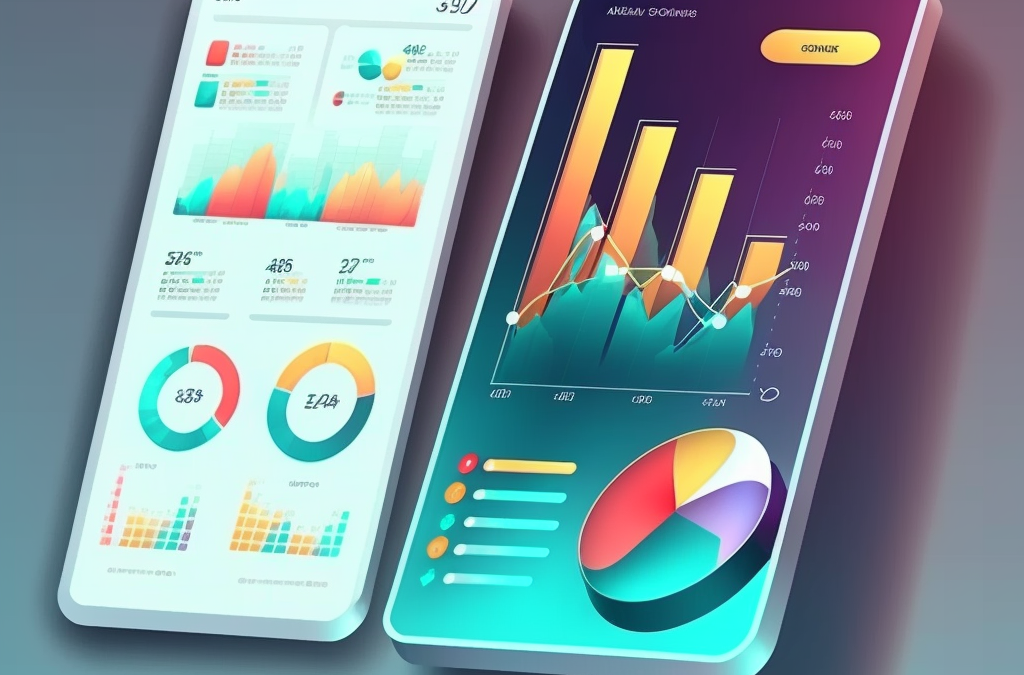Nowadays, mobile applications have become an integral part of daily life. Regardless of their purpose, they must meet user requirements and perform flawlessly on various operating systems. In this article, we will provide tips for creating a good mobile application for Android and iOS.
1. Understand User Requirements
The first step in writing a good mobile application is understanding the needs and requirements of users. Therefore, conducting market research to learn user preferences and expectations regarding functionality and the interface is valuable. This way, you can design an application that meets user needs and captures their attention.
2. Design an Intuitive Interface
An intuitive user interface is a crucial element of any good mobile application. It enables users to navigate the app easily and utilize its features effectively. To design an intuitive interface, consider usability testing and test the app’s design with a group of users.
3. Optimize for Different Platforms
The mobile application should perform seamlessly on different operating systems, such as Android and iOS. Therefore, consider choosing the appropriate technology. You can opt for native technologies dedicated to each platform, such as Java for Android and Swift for iOS. This approach involves creating two separate applications simultaneously. To reduce costs, you can use technologies that function almost like native and allow writing code for both operating systems directly. One such technology is React Native.
4. Test and Debug
Testing the mobile application is crucial to ensure its quality. Conduct tests before launching the application on the market and continuously fix any bugs. It’s also good practice to perform A/B tests to determine which app versions are more effective and popular among users.
5. Ensure Security
User security is a critical concern for mobile applications. Provide appropriate security measures, such as data encryption and user authentication. Regularly updating the application will also minimize risks related to potential vulnerabilities in outdated libraries or code.
6. Optimize Performance
Performance optimization is crucial for users who expect fast and seamless operation. Pay attention to optimizing performance, such as minimizing battery usage and ensuring quick loading times.
7. Adapt to Different Screen Sizes
The mobile application should be responsive to different screen sizes, such as smartphones and tablets. Therefore, consider designing an interface that fits various screen sizes and is easy to use.
8. Use the Right Tools and Technologies
Choosing the right tools and technologies is essential for writing a good mobile application. Pay attention to selecting the appropriate framework, programming language, and development tools suitable for the specific project.
9. Continue Updating and Expanding the Application
Regularly updating and expanding the mobile application will ensure it meets user needs and continues to function flawlessly. Conduct regular updates and introduce new features to attract new users.
10. Provide Technical Support and Assistance
Finally, technical support and assistance for users are equally important for any good mobile application. Provide access to technical support and promptly respond to user queries to minimize application issues and ensure its ongoing success.
Summary
Writing a good mobile application for Android and iOS involves considering multiple factors, such as user needs, an intuitive user interface, optimization for different platforms, testing and debugging, security, performance optimization, adaptability to various screen sizes, using the right tools and technologies, continuing updates and expansions, and providing technical support and assistance.
By following these tips, you can create an application that meets user needs and performs flawlessly.
If you are considering developing a mobile application, we would be happy to assist you in the process. At SmartShack, we understand that designing and implementing mobile applications can be challenging and complex. We are ready to review your specifications and advise you on creating a perfect application.
Our team consists of experienced programmers and designers who work together to design and build a mobile application tailored to your needs and requirements. Additionally, we offer technical support and assistance in updating the application to ensure its continuous development and success.
If you would like to learn more about our services and how we can help you create a mobile application, please contact us. We are ready to answer your questions and assist you in realizing your project.
FAQs:
What tools can be used for mobile app development?
Appropriate tools for mobile app development include frameworks such as React Native, programming languages like Java or Swift, and development tools like Android Studio and Xcode.
What are the key features of a good mobile application?
The key features of a good mobile application include an intuitive user interface, optimization for different platforms, security, performance optimization, adaptability to various screen sizes, using the right tools and technologies, continuous updates and expansions, and providing technical support and assistance for users.
How can one minimize errors in a mobile application?
To minimize errors in a mobile application, it’s advisable to conduct tests and analysis before and after releasing the application to the market. It’s also a good idea to utilize error reporting mechanisms that enable quick identification and resolution of issues.
Does performance optimization matter to users?
Yes, performance optimization is crucial to users who expect fast and seamless operation of mobile applications. Subpar performance can discourage users from using the app and result in negative reviews.
What are the key steps in the mobile app development process?
The key steps in the mobile app development process include analyzing user needs, designing the user interface, implementing functionality, testing and debugging, performance optimization, and continuing updates and expansions.


Recent Comments